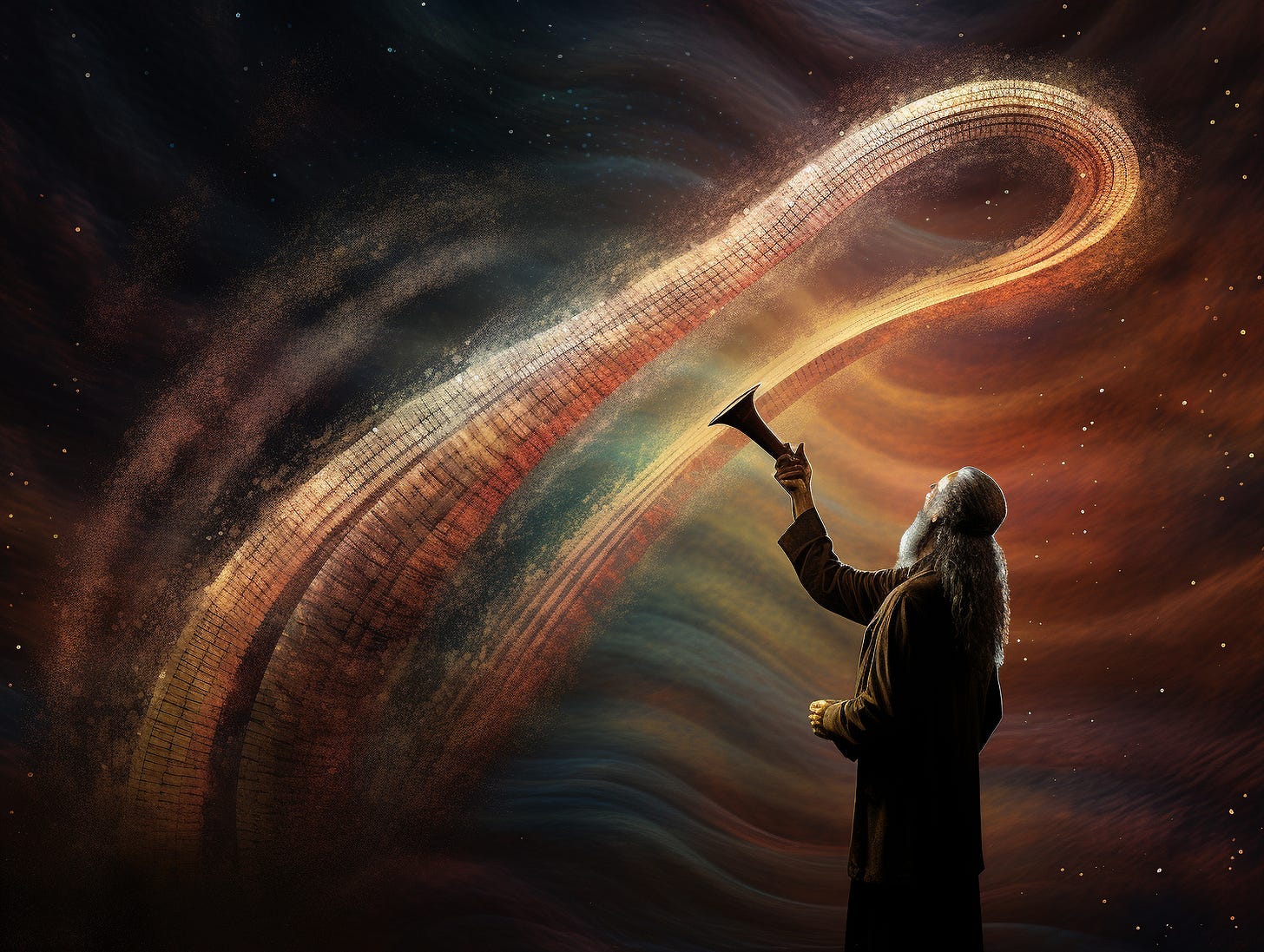Why Rav Kook Cried?
A reflection on Rav Kook's powerful Rosh Hashanah drasha about the Shofar, based on his teachings on tefillah and the connection to Parashas Shoftim, written in honor of Rav Kook's yartzeit

Today is the 89th yartzeit of Rav Avraham Yitzchak Hakohen Kook Zt’l. I thought it would be appropriate to share some words of wisdom that he shared during his 1933 drasha on Rosh Hashanah in Beis Knesses HaChurva. Additionally, I would like to explore these ideas further through understanding his ideas on tefillah and connecting them to our parashah.
We find that the tefillah for the geula is accompanied by the tefillah, תקע בשופר גדול לחרותינו, or והיה ביום ההוא יתקע בשופר גדול. What is the significance of the Shofar HaGadol? Why do we specifically daven for the blowing of a "big" shofar rather than a regular one?
To understand this, Rav Kook explained that we must first explore the three main halachos regarding the shofar of Rosh Hashanah:
The mitzvah to blow the shofar is with the horn of a ram.
If one does not have a ram’s horn, it is acceptable to use any other koshe…



